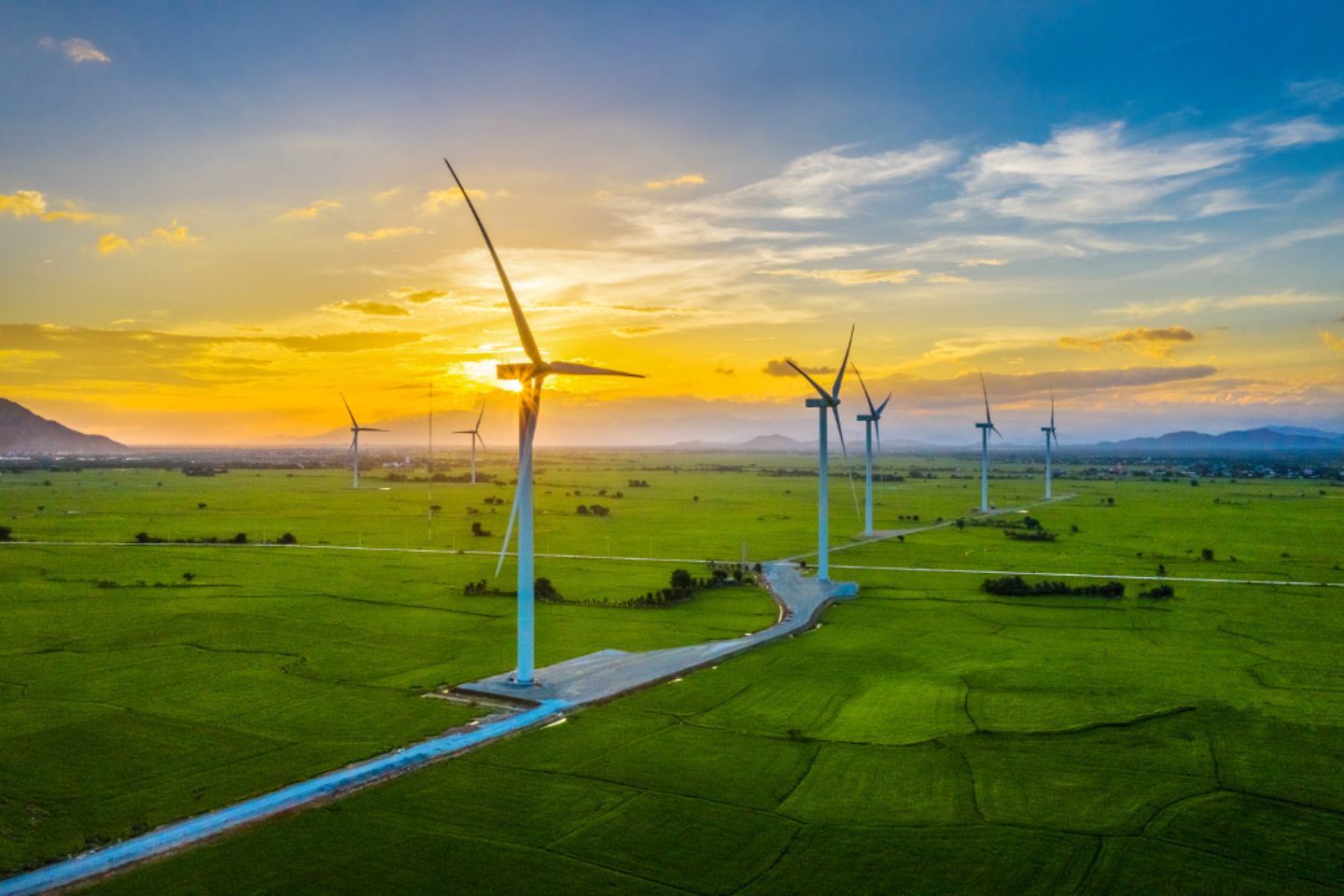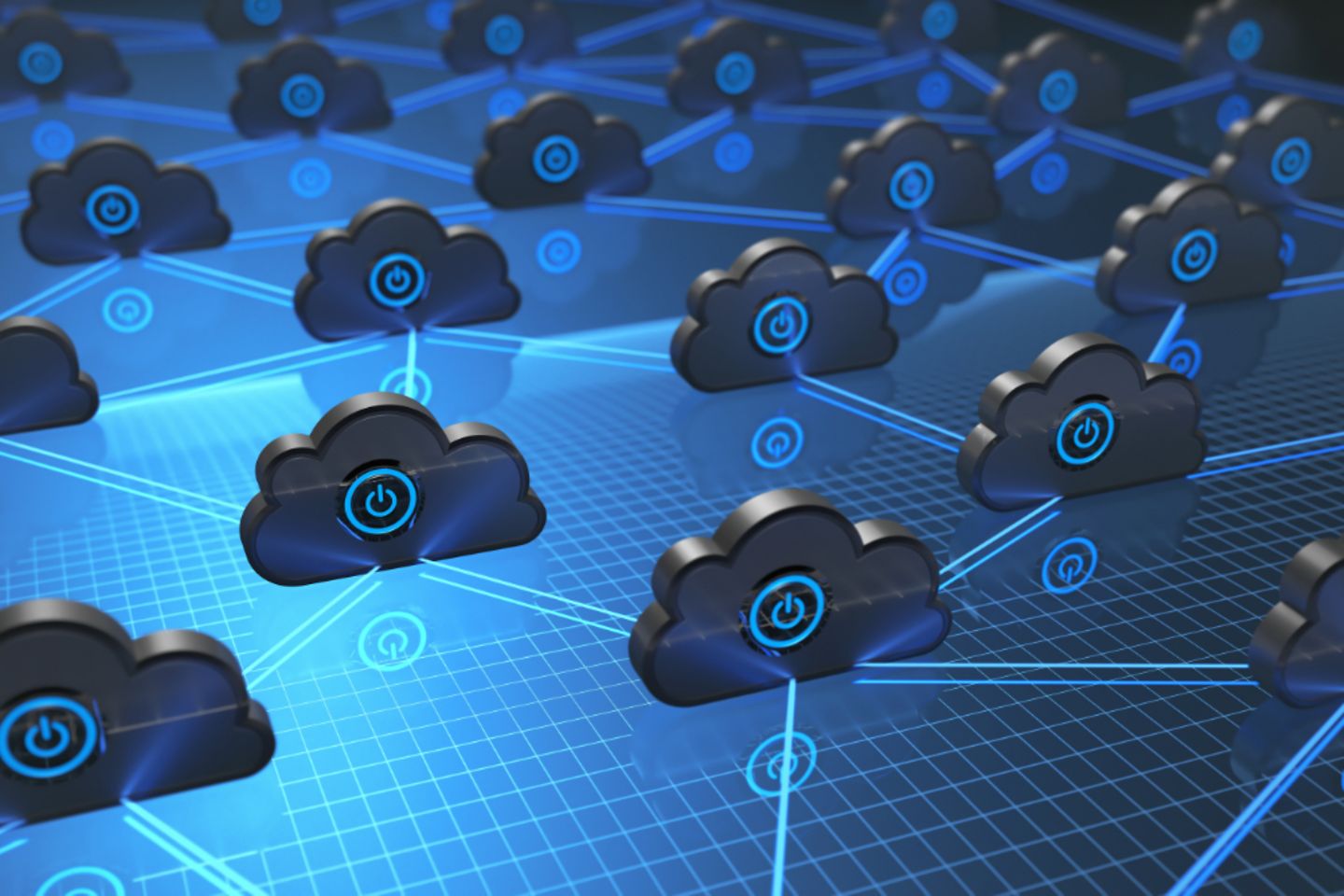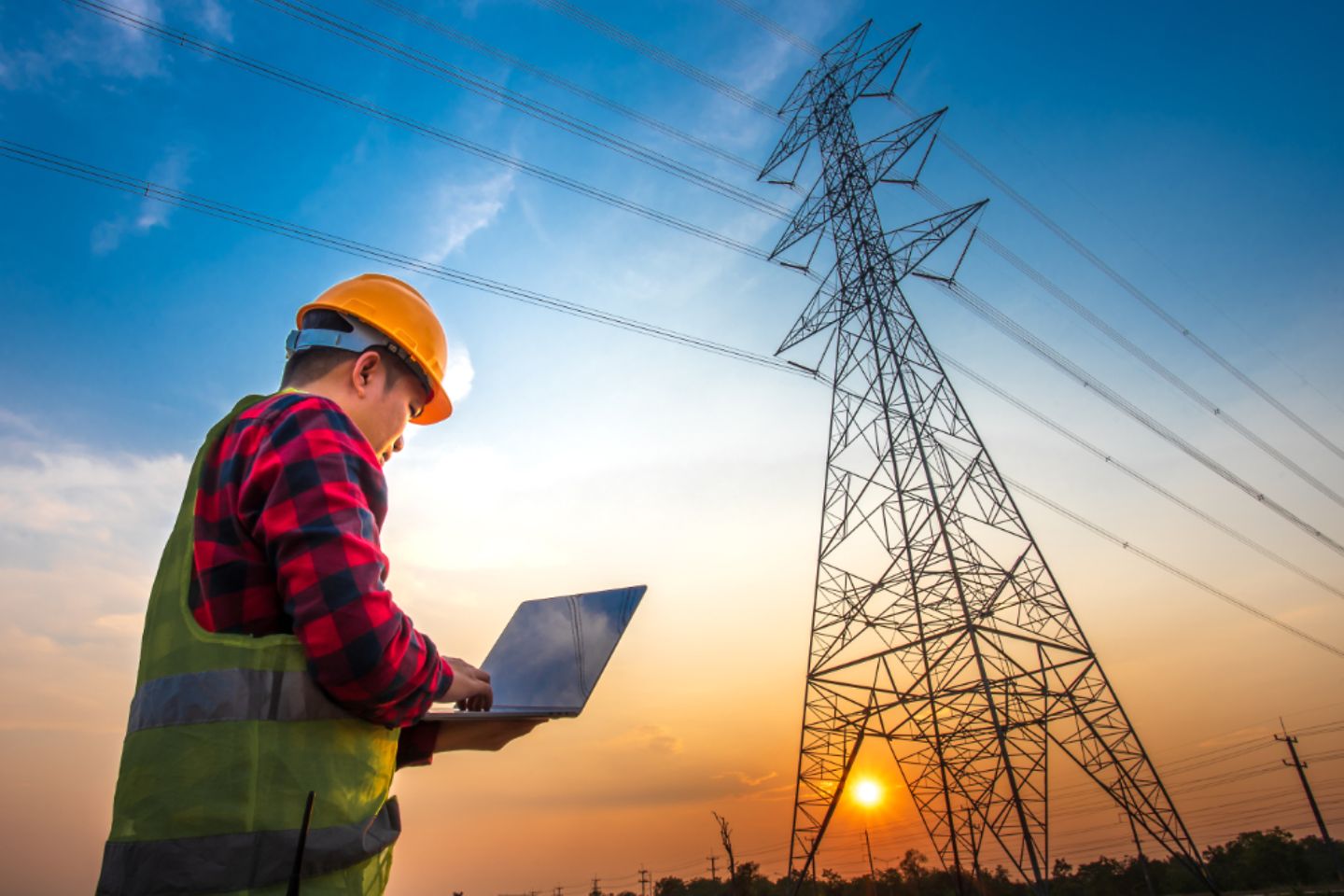
Regional decision-makers are using AI and the cloud to find more efficient ways to use energy and reduce their carbon footprint.

Energy drives progress—it powers industrial and commercial activities, infrastructure, transportation, as well as food production and water distribution. Increased economic activity and rapid urbanisation ramp up energy demand, putting immense pressure on energy infrastructure.
The Asia-Pacific region (APAC), home to the world’s most densely-populated megacities, faces an unprecedented energy crisis. The International Energy Agency predicts that developing economies in the APAC region will account for almost two-thirds of global energy demand growth between now and 2040. Asia’s power generation costs are expected to rise by around US$650 billion per year for the next three years—equivalent to a two-thirds increase over 2021 levels.
This ravenous appetite for power is driving up emissions at the worst possible time: when drastic reductions are needed to mitigate worsening climate change. APAC countries are some of the world’s most prolific emitters of carbon dioxide (CO2), a BP report found —the region accounted for a staggering 52.4% of global CO2 emissions in 2020.
These factors are pushing decision-makers to look for more efficient ways to produce and use energy: a tall order, but one that can be successfully met by deploying AI and cloud technology.

As the APAC region faces mounting energy challenges, policymakers across the region are focusing on efficiency as a means to ensure a secure and affordable energy supply. Asia-Pacific Economic Cooperation (APEC) leaders set targets to reduce energy intensity, a measure of the energy consumed against the output produced, by at least 45% by 2035.
To help meet these targets, governments are investing in new technologies and infrastructure, including AI and cloud technologies. When used strategically, AI and the cloud can unlock efficient ways to produce and use energy, lessen carbon footprint, and achieve sustainability goals.
For example, AI is already being used to predict energy output, identify inefficiencies, and recommend solutions. As early as 2019, Google’s DeepMind already adapted neural networks to predict energy output 36 hours ahead, plotting actions to create optimal commitment on the grid.
Today, APAC facilities like Changi Airport and Sembcorp Marine rely on AI-powered energy management solutions to reduce power consumption without impeding performance. S&P Global provides AI solutions for both: their smart meters and operational analytics helped Changi Airport reduce power-related operational costs by over 40%, while their solar power management system helped Sembcorp Marine reduce power drawn from the grid by 30%.
Meanwhile, several studies have shown that cloud computing is an energy-efficient practice. Research by S&P Global Market Intelligence found that computing in the cloud is, in fact, five times more energy efficient than on-premises data centres in APAC. By running business applications in the cloud rather than on-premise infrastructure, companies can cut their energy consumption by nearly 80%.
Cloud technology can help energy companies store and analyse data more effectively. It can also provide insights into how national energy grids are performing. For example, cloud-based analytics can help identify areas of inefficiency and waste, allowing for targeted investments that reduce costs for consumers and increase overall productivity.
While AI and the cloud hold considerable potential to improve the energy sector, challenges still remain. As with other industries applying AI and cloud technologies, the energy sector needs to address challenges around governance, transparency, and security. Regulatory restrictions on the use of AI and cloud technologies prevail in the power industry, but this is changing as their applications become more evident.
Additionally, a power grid’s reliance on AI and the cloud might make it vulnerable to cyberattacks, making it a target for hackers and other threat actors. Cyberattacks on critical energy infrastructure can leave cities without power for an undetermined amount of time, which can be just as damaging as a natural disaster.
To abate cybersecurity risks in the energy sector, McKinsey recommends a structured approach that integrates communication and awareness, strategic threat intelligence, and process frameworks with key technical improvements.

With APAC’s outsize role in generating worldwide global carbon dioxide emissions, the region also bears a heavy responsibility in mitigating climate change. To do so, regional power companies must adopt greener technologies that allow them to meet energy requirements while reducing their environmental impact.
McKinsey reports that as of 2020, over 670 companies across APAC have set (or committed to setting) emissions reduction targets via the Climate Disclosure Program (CDP) and Science Based Targets initiative (SBTi). Unfortunately, companies in high emission sectors, like power generation and fossil fuels, only account for 3% and 0.1% of these companies, respectively.
To meet the rising energy demand through “greener” solutions, APAC companies must ensure that their energy sources are low-carbon and sustainable. The region can benefit from innovative technologies like AI and the cloud that facilitate clean energy production while creating jobs and improving the quality of life for communities.
A report by the International Finance Corporation highlights AI’s ability to integrate renewable energy into power systems - conventionally problematic because of renewables’ intermittent nature. The speed, robustness, and reliability of AI tools help assuage this intermittent nature, thereby improving the operation of the power system and ensuring a stable grid.

AI applications can improve the efficiency and performance of power systems; in some cases, the technology can be used to manage power generation scheduling by matching energy demand with available supply, while also identifying opportunities for system optimisation and security improvements.
For example, Toshiba ESS has been working with geothermal power plants to improve efficiency and reliability. Toshiba ESS has developed a system that uses AI-powered predictive diagnostics to identify potential problems and take preventative measures to avoid turbine shutdowns.
IBM has also been deploying AI capabilities to allow energy companies to better optimise their carbon footprint. Their AI-Driven Software for Environmental Intelligence can help energy companies analyse their emissions and identify strategies for reducing them.
These use cases demonstrate AI’s ability to reduce companies’ carbon footprint by reducing the amount of energy needed to power data centres. This is especially important for organisations in APAC, where rising energy costs have been particularly devastating for the region’s import-reliant economies.

The cloud is an equally important part of the transition to a low-carbon future. It reduces the amount of energy needed to power an organisation’s IT infrastructure, as well as costs associated with running and maintaining servers in-house.
Cloud technology can also help organisations achieve other benefits, such as increased flexibility and scalability, and improved performance and uptime. For example, Accenture considers the cloud a critical enabler of the energy industry’s ability to achieve its goals for resilience, competitiveness, and sustainability.
The cloud can help energy companies tap into real-time data to make better decisions about where to source energy, how to distribute it, and how to manage demand. It also enables companies to develop and deploy new technologies and business models at pace and scale.
For example, the cloud can support the development of digital twins of energy assets. These virtual replicas can be used to test new ideas and technologies before they are deployed in the real world.
GE Digital’s Digital Twin library is helping its customers achieve desired outcomes up to 75% faster, while reducing reactive maintenance efforts by up to 40%. GE also says this reduces carbon emissions and energy waste on the grid.
There are many different ways to use AI and cloud technology to increase efficiency, whether for companies in the energy sector or for energy end users seeking to improve margins within their own businesses.
Whether you’re an energy producer or user looking to adopt the new technology, you need to first get a clear understanding of the needs and objectives of your business. Some examples of objectives that companies might include: improving energy forecasting, minimising energy wastage, optimising energy usage, reducing carbon emissions, improving customer satisfaction, and enhancing operational efficiency
Each of these objectives will require a different approach. For instance, improving energy forecasting means using AI to analyse data from weather patterns and previous energy usage. On the other hand, minimising energy wastage requires the use of sensors and cloud-based applications to identify and track energy usage in real-time.
Once objectives have been identified, you can begin to explore the different options available and make informed decisions that will propel you into the future of energy.
Experts like T-Systems can help you harness AI and cloud's efficiency to benefit your company. By using AI and cloud technology to optimise your business, you can lower costs while reducing your carbon footprint. Learn more about how T-Systems can help you harness the power of technology and drive change in the world.